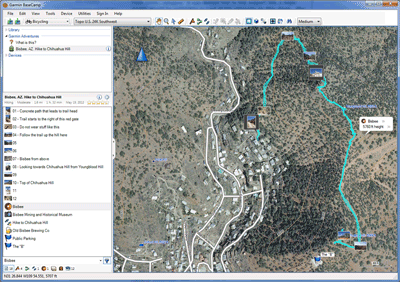
Since I have started hiking routes that are off trail or obscure, I am finding it increasingly difficult to find the information I need to create the (geek) stats I like to have for my hikes. I then import these images into software (Gimp, Photoshop, Fireworks) to add stats and highlight my route. I have been making my own printed maps for a while, by either scanning the large maps I have or taking screen shots of the trails. I like to have a printed map and a GPX file for all of my hikes if possible, especially if it involves some off trail or x-country sections. This file can be loaded onto your GPS unit.Right-click on the link and save the file to your computer. A link to your gpx file will appear below the gpx button.When you’ve finished drawing the track, click on the gpx button, which is located near the trk button.Draw your track by clicking on the map.On the right, under ‘Drawing Tools,’ click on trk.You can also use the search box in the upper-left hand corner. Navigate to the area where you want to create the gpx file by dragging the map and/or zooming in.Select the map you want to use by clicking on the arrow in the upper right hand corner of the screen.Visit the GPS Visualizer Freehand Drawing Utility website ().Thus far, GPSVisualizer Draw is the easiest way to create a gpx file that only contains latitude and longitude information. My GPS unit (Garmin Dakota 20) fails to load a track file if it contains anything other than trackpoint data. What I’ve found is that most methods add waypoint, routepoint or linepoint data to the files.

I have tried several websites and methods for creating tracks for hikes that I am unable to locate gpx files for. Using GPSVisualizer Draw to create a simple GPX file


 0 kommentar(er)
0 kommentar(er)
